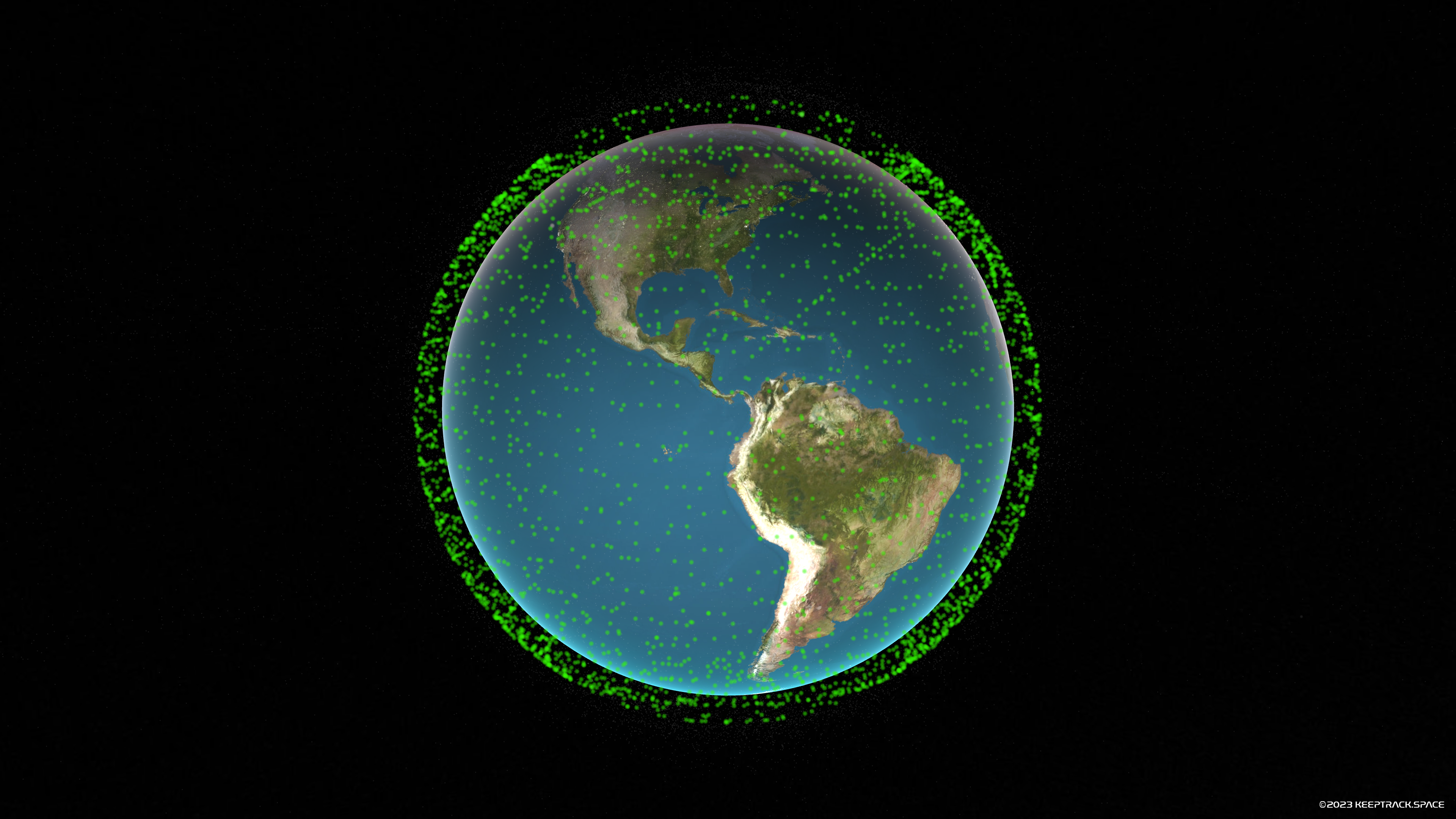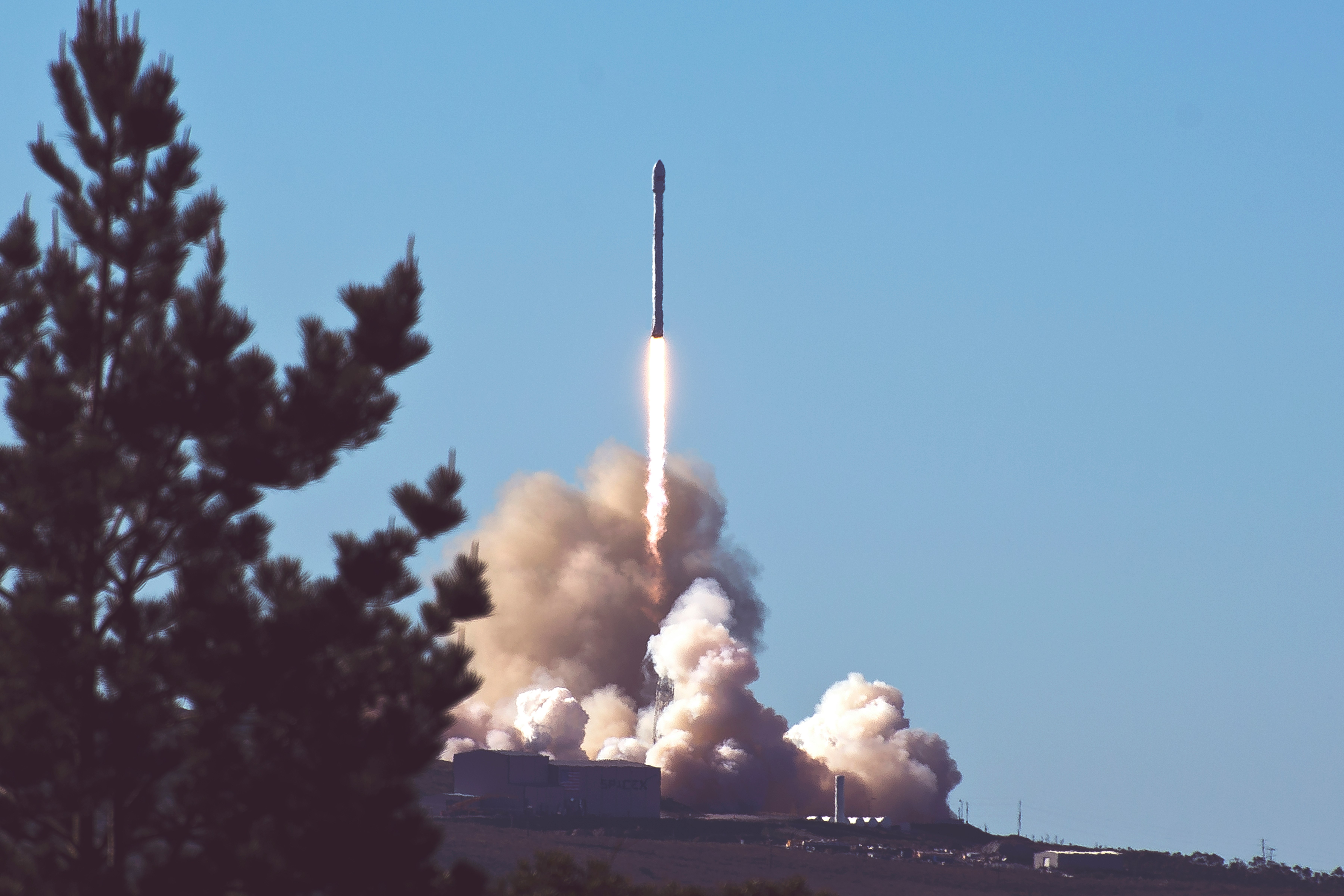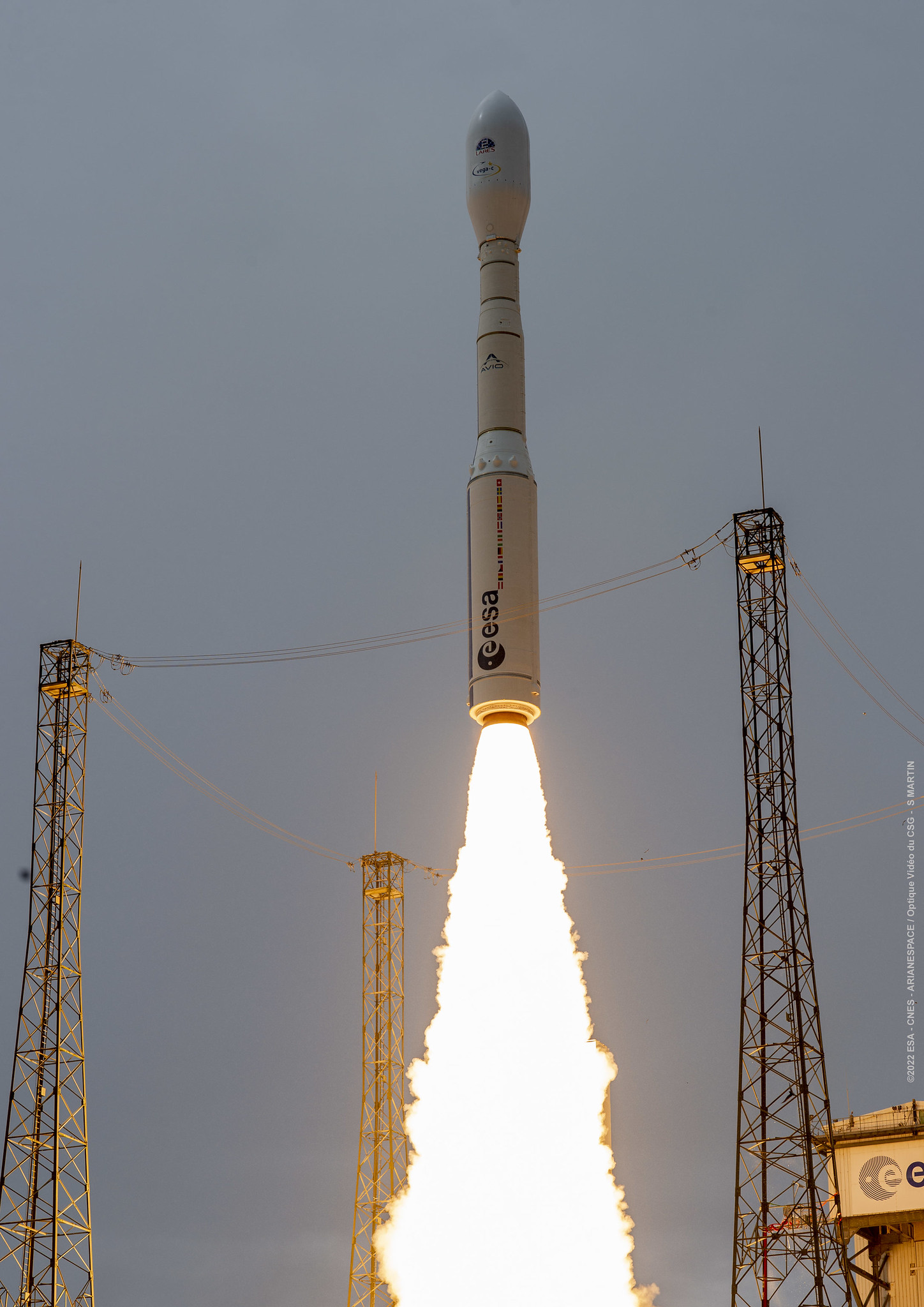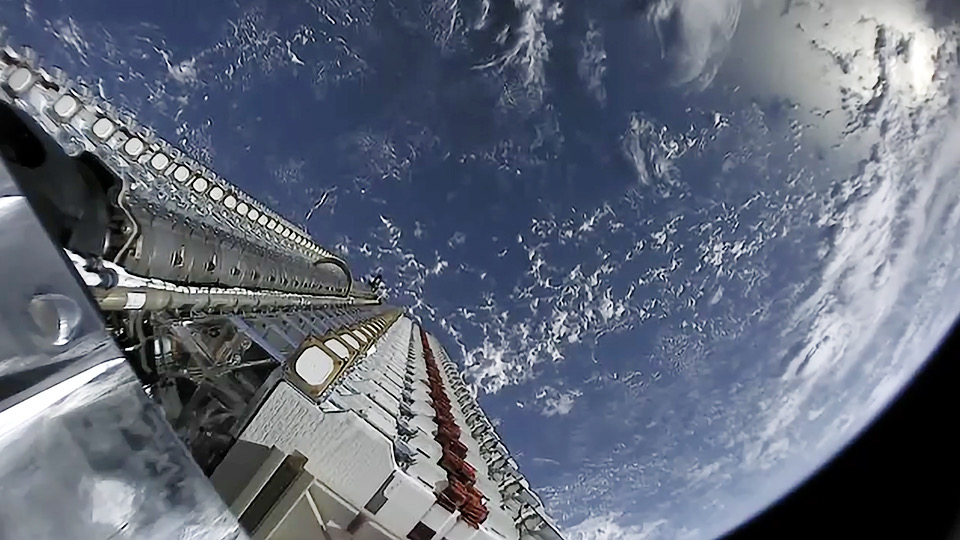· space brief · 5 min read
Space Brief 6 Apr 2025
Today, we explore substantial U.S. defense contracts awarded for space launches, ESA's enigmatic Euclid images release, and SpaceX missions covering satellite launches and astronaut reentries.

📄Top Stories
Today’s highlights include the U.S. Space Force’s awarding of major contracts for future defense launches to key players in the aerospace industry. Additionally, the European Space Agency has unveiled their first Euclid mission data, providing insights into dark matter in our universe. SpaceX continues its noteworthy streak with the launch of 28 Starlink satellites and the successful Fram2 mission splashdown, setting new precedents in commercial spaceflight.
📰Detailed Coverage
U.S. Space Force Awards Major Launch Contracts
In a significant move for national security and commercial space activity, the U.S. Space Force has awarded $13.7 billion in contracts to Blue Origin, SpaceX, and United Launch Alliance (ULA) covering 54 missions. These contracts extend over five years, highlighting the vital role these companies will play in launching national security assets.
These missions, anticipated to fly between FY27 and FY32, underscore the strategic importance of advanced launch capabilities amid increasing military and commercial satellite deployments. The engagements promise to enhance satellite tracking opportunities through the generation of additional space-based assets.
Read the full story: Spaceflight Now
ESA Releases Euclid’s First Mission Data
The European Space Agency (ESA) has tantalized the astronomical community by releasing the first set of images and data from the Euclid mission. As part of its ambitious endeavor, the mission aims to map the geometry of the dark universe, offering invaluable insights into dark matter and energy.
Euclid’s advanced imaging capabilities provide an unprecedented look into distant galaxies, furthering our understanding of cosmic structures. The available data sets are expected to propel numerous research projects and inspire satellite mission designs dedicated to studying the cosmos.
Read the full story: NASASpaceFlight.com
SpaceX’s Starlink Expansion Continues
SpaceX has once again proven its operational efficiency with the successful launch of 28 Starlink satellites aboard a Falcon 9 rocket from Cape Canaveral. The launch, taking place late Saturday night, marks SpaceX’s 26th Starlink mission for the year, underlining their commitment to expanding global internet coverage via satellite constellations.
Each successful Starlink deployment enhances the density of low Earth orbit satellite networks, offering increased opportunities for real-time tracking and mitigation of orbital congestion. Our web app can assist users in tracking these satellites to better understand their orbital paths and serve various industry needs.
Read the full story: Spaceflight Now
Fram2 Mission: SpaceX’s Latest Milestone
Marking a first for SpaceX, the Fram2 mission has achieved a successful splashdown off the West Coast, reflecting expanded operational capabilities in diverse oceanic regions. The mission comprises pivotal aspects of commercial spaceflight, aimed at decreasing costs and enhancing logistical flexibility for astronaut transport.
The West Coast splashdown opens avenues for more frequent and versatile mission profiles, potentially influencing future recovery operations and geographic choices for crewed mission landings, thus supporting commercial space endeavor sustainability.
Read the full story: Space.com
🛰️Satellite Spotlight
- Satellite Name: NAVSTAR 78 (USA 293)
- NORAD ID: 44506
- Launch Date: 2019 Aug 22
- Mission: Navigation
- Orbit: Inclination: 55.7995, Period: 2.0056 hours, Eccentricity: near-circular
- Operator: AFSMC (Air Force Space and Missile Systems Center)
- Fun Fact: Part of the GPS III series, NAVSTAR 78 enhances signal accuracy and anti-jamming capabilities crucial for military operations.
Current TLE Data:
1 44506U 19056A 25096.13366572 -.00000107 00000+0 00000+0 0 9992
2 44506 55.7995 348.4878 0049687 193.6151 337.7071 2.00561168 41296Track this satellite in real-time on our web app: Track NAVSTAR 78
🚀 Upcoming Space Launches
April 7
- SpaceX Falcon 9 Block 5:
- Starlink Group 11-11 from Vandenberg Space Force Base, CA, USA (21:35 UTC) A batch of 27 satellites for the Starlink mega-constellation - SpaceX’s project for space-based Internet communication system.
April 8
- Russian Federal Space Agency (ROSCOSMOS) Soyuz 2.1a:
- Soyuz MS-27 from Baikonur Cosmodrome, Republic of Kazakhstan (05:47 UTC) Soyuz MS-27 will carry two cosmonauts and one astronaut to the International Space Station. The crew consists of Roscosmos cosmonauts Sergey Ryzhikov, Alexey Zubritsky, and NASA astronaut Jonathan “Jonny” Kim.
April 9
- United Launch Alliance Atlas V 551:
- Project Kuiper (KA-01) from Cape Canaveral Space Force Station, FL, USA (16:00 UTC) Project Kuiper is a mega constellation of satellites in Low Earth Orbit managed by Kuiper Systems LLC, a subsidiary of Amazon, aimed at providing broadband internet access.
April 11
- SpaceX Falcon 9 Block 5:
- Starlink Group 12-17 from Kennedy Space Center, FL, USA (01:43 UTC) A batch of satellites for the Starlink mega-constellation - SpaceX’s project for space-based Internet communication system.
April 12
- SpaceX Falcon 9 Block 5:
- NROL-192 from Vandenberg Space Force Base, CA, USA (00:00 UTC) Eighth batch of satellites for a reconnaissance satellite constellation built by SpaceX and Northrop Grumman for the National Reconnaissance Office.
April 14
- Blue Origin New Shepard:
- NS-31 from Corn Ranch, Van Horn, TX, USA (13:30 UTC) NS-31 is the 11th crewed flight for the New Shepard program and the 31st in its history.
April 21
- SpaceX Falcon 9 Block 5:
- Dragon CRS-2 SpX-32 from Kennedy Space Center, FL, USA (08:15 UTC) 32nd commercial resupply services mission to the International Space Station under NASA’s second Commercial Resupply Services contract. Cargo Dragon 2 will bring supplies and research materials to support ISS investigations.
April 29
- Arianespace Vega-C:
- Biomass from Guiana Space Centre, French Guiana (09:15 UTC) Biomass is an ESA mission to measure the density of carbon stored in the world’s forests using the first civilian P-band synthetic aperture radar.
April 30
- Gilmour Space Technologies Eris-1:
- Maiden Flight from Bowen Orbital Spaceport (00:00 UTC) Maiden flight of Gilmour Space’s orbital launch vehicle Eris.
Note: Launch dates and times are subject to change due to technical or weather considerations.

Maurice Stellarski





